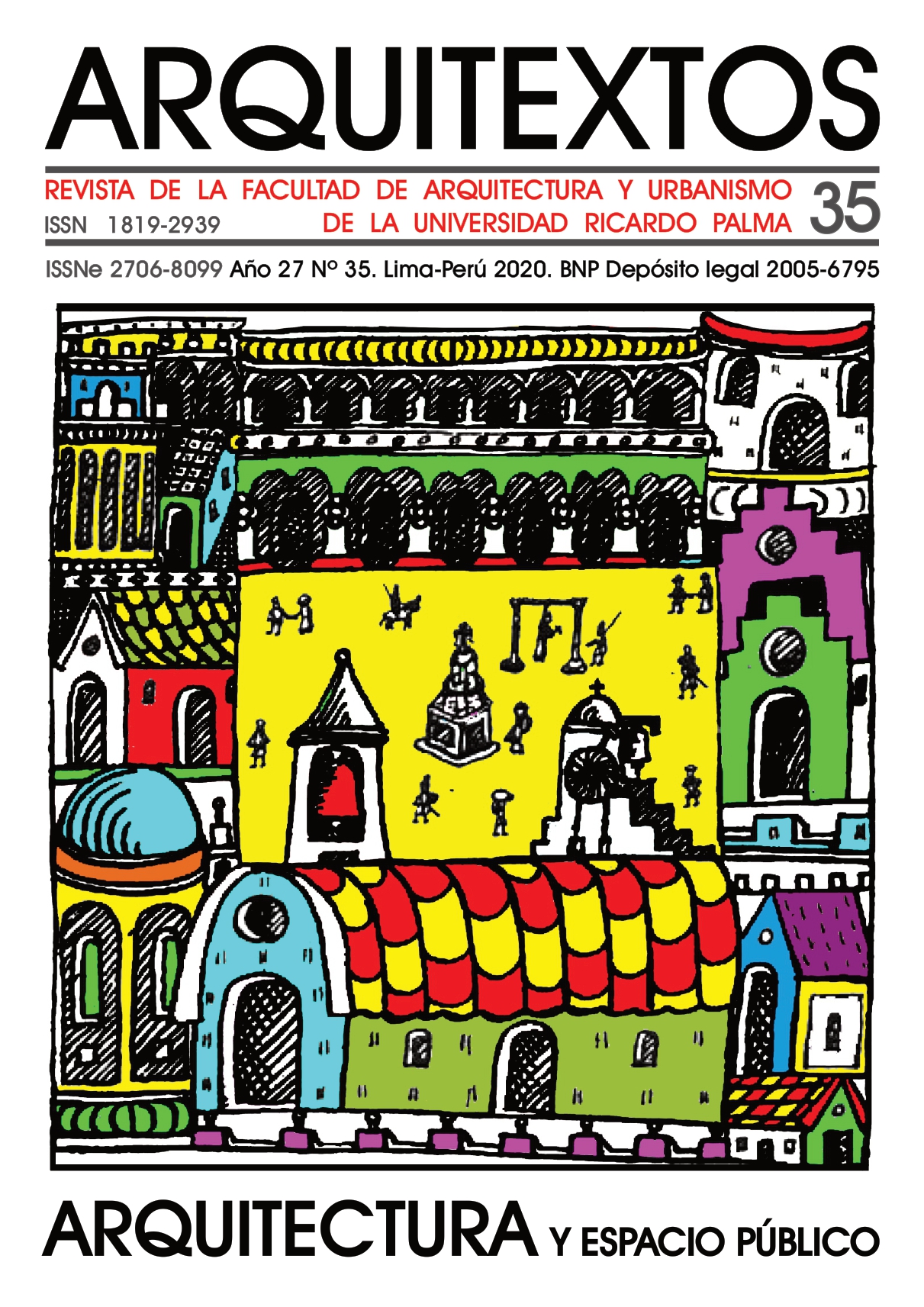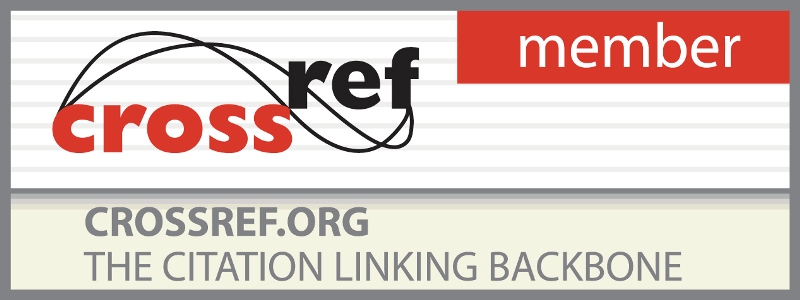Aniconic, cruel and nomadic: Lima The Sublime
DOI:
https://doi.org/10.31381/arquitextos35.3891Keywords:
Lima, architecture, urban imaginaries, decentring, cultural multiplicity, urban driftingAbstract
Beyond beauty and ugliness, and far from catering to modern urban planning’s contingencies, Lima stands as a social laboratory where a dominant hypermodern rhythm coexists with premodern experiences. Kant’s concept of the sublime, which he developed as an enlightened aesthetical theory aiming to emancipate man from nature, is essential in decentring an urbanite aesthete’s perspective and recognizing in the apparent illegibility of Lima’s social representations the starting point for rethinking city values as stemming from a cultural multiplicity. Lima’s diffused identity, which lacks a properly defined city centre and outskirts, forces us to apply aesthetic views unknown to mainstream town planning: Bataille’s and Krauss’ formlessness; Artaud’s theatre of cruelty; Debord’s urban drifting; Deleuze’s and Guattari’s plateaus, nomadism and body without organs; Maffesoli’s optimistic post-modernism.








